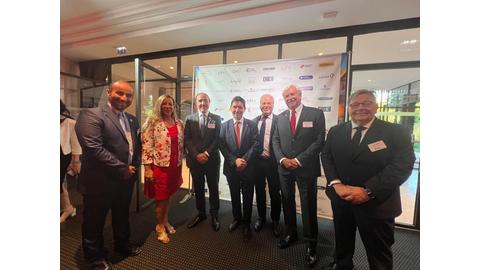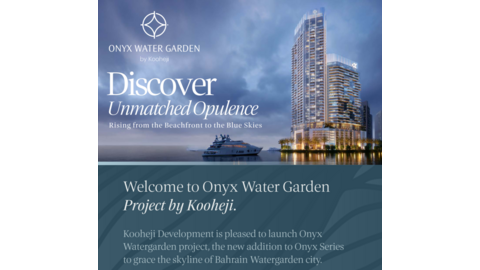Gulf banks’ assets jump 3.1pc to $2.3 trillion in third quarter

MANAMA: GCC banks continued to strengthen their aggregate balance sheets during Q3-2019 as listed banks in all six GCC countries reported higher total assets during the quarter that increased by 3.1 per cent to $2.3 trillion compared with $2.2trn at the end of Q2-2019.
According to a report by Kuwaiti firm Kamco Research, each of the six GCC countries showed an increase in net loans and customer deposits.
A slightly better loan-to-deposit ratio in three countries helped to partly offset the impact of a decline in market rates during the quarter.
The asset growth during the quarter was once again led by conventional banks that grew assets at 3.6pc quarter-on-quarter (QoQ) while Islamic banks increased their balance sheet size at a slightly slower pace of 1.4pc.
Kamco said its research shows that the growth in earning assets was slightly higher at 3.6pc, reaching $1.92trn in Q3-2019 compared with $1.86trn during Q2-19.
The increase came primarily on the back of higher earning investments as net loans growth stood at 3.4pc during the quarter to reach $1.4trn as compared with $1.36trn during the previous quarter.
On the other hand, the quarterly growth in customer deposits was recorded at 3.2pc, the highest growth over the past 10 quarters.
However, with relatively higher lending, the loan-to-deposit ratio was marginally higher at 80.6pc for the aggregate GCC banking sector, slightly better than the previous quarter but relatively low compared with historical levels as well as global averages.
Kamco Research believes that with interest rates down by 75 bps since the start of the year and economic growth expected to pick up in the GCC next year, according to estimates, lending should strengthen in the near term backed by a strong pipeline of projects.
In addition, with GCC government spending capacity remaining constrained owing to subdued oil prices, the private sector would play a crucial role in economic growth supported by lower interest rates and GCC banks’ lending capacity.
Total bank revenue for GCC-listed banks reached $21.9 billion during Q3-19 compared with $20.3bn during Q2-19, a QoQ growth of 7.6pc.
The aggregate revenue for each of the GCC countries, barring Bahraini banks, increased during the quarter.
The decline in Bahrain came after six out of nine listed banks in the country reported a decline in topline during the quarter after net interest income declined for seven banks due to lower loan-to-deposit ratio.
This resulted in a 5pc decline in net interest income for the aggregate Bahraini banks.
For the overall GCC region, net interest margins remained flat QoQ at 3.1pc, despite a decline in rates during the quarter after the US lowered interest rates twice during the quarter.
Cost optimisation efforts by regional banks continues to clearly reflect in the cost-to-income ratio that has consistently declined over several quarters and reached 37pc in Q3-19.
The impact of scale was clearly visible with smaller banks in Bahrain and Oman reporting a significantly higher cost-to-income ratio of 50pc and 47.7pc, respectively.
Quarterly loan loss provision (LLP) declined marginally for the aggregate GCC banking sector reaching $3bn during Q3-19 compared with $3.1bn during Q2-19.
There was a steep QoQ increase in LLP in the UAE, Bahrain and Oman while it declined in the case of Saudi Arabia and Kuwaiti banks.
Source: http://www.gdnonline.com/Details/703186


